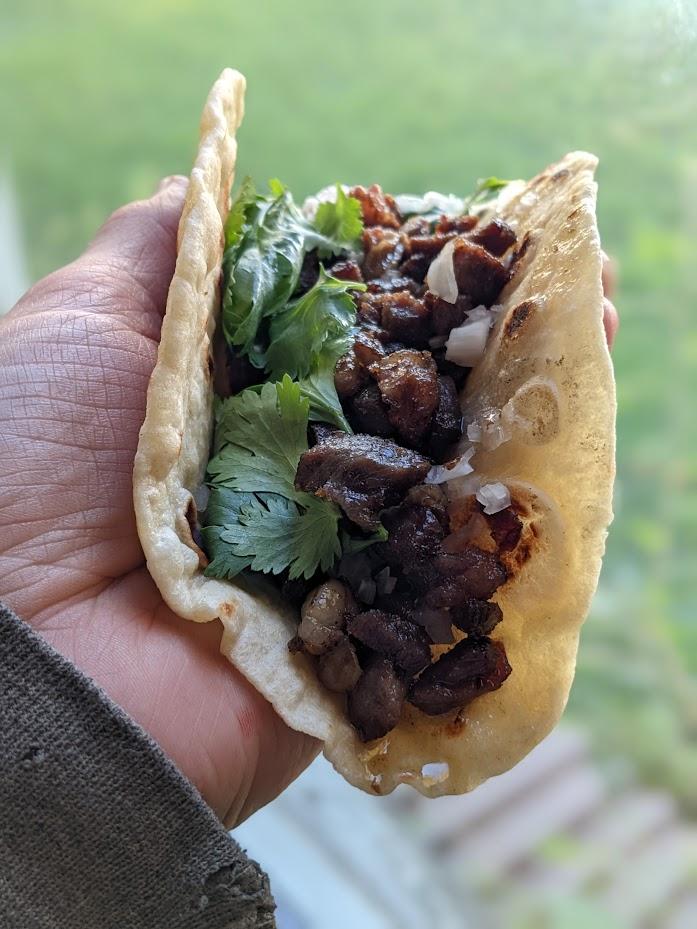How We Raise Grass-fed Beef | Rotational Grazing
by haroldpiercebuilds in Living > Homesteading
671 Views, 2 Favorites, 0 Comments
How We Raise Grass-fed Beef | Rotational Grazing




Hello everyone!!
I'm a 15 year-old homeschooler that lives on a farm and today I'll give you a brief overview on how our family raises grass-fed beef and rehabilitates the land using rotational grazing!
Rotational grazing:
Rotational grazing is the practice of frequently moving livestock to fresh pasture to ensure that both the livestock and land stay heathy!
Supplies






Here is a list of things that we use, though different farms use different methods.
Permanent Perimeter Fence
We use an 8 wire high-tensile electric fence that does a great job keeping livestock in and predators out.
Temporary Fence line
Poly-wire works great when made into spools with extension cord reels!
Temporary Fence Posts
We use fiberglass step-in posts.
Source of Water
We have a deep well that supplies our non-electric livestock waterers.
Source of Electricity
Electricity is needed to power the well and electrify the fence.
Shelter
Depending on your climate your shelter needs might vary, but shade and a windbreak are always necessary.
Planning




When planning the paddock layout, the goal is for the livestock to always have access to water and shade, while not over-trampling the pasture which can stunt the growth of the grass.
As seen in the diagram above, we build an alley across the pasture, then section it off into smaller paddocks that open into the alley.
The alley is for reducing foot traffic across the majority of the pasture and enables us to close off each smaller paddock once the livestock finish grazing.
Figuring out what size paddocks to make depends on how many head of livestock you have and the quality of forage available.
Grazing the Pasture




Time to let the cows in!!
As you graze your livestock, you want to find the balance between overgrazing and wasting forage. It's time to move the animals when the forage is all a similar height but before any large patches of ground are showing.
Supplementing Your Livestock's Diet




Because cows don't get all the nutrients they need from the pasture, supplementing their diet with minerals is essential.
Pictured above is our free choice mineral feeder that we built. The idea is that the livestock will choose what minerals they need to supplement their pasture-based diet, as well as return nutrients back into the soil through their manure.
The Results!



Rotational grazing is better for the land, the cattle, and the people who get to enjoy the beef.
The cows fertilize the land while benefiting from its nutrients, and at the end of a happy life they feed our family with nutritional grass-fed beef raised on our own land!
Thanks for reading & I hope this inspires you on your homesteading journey!